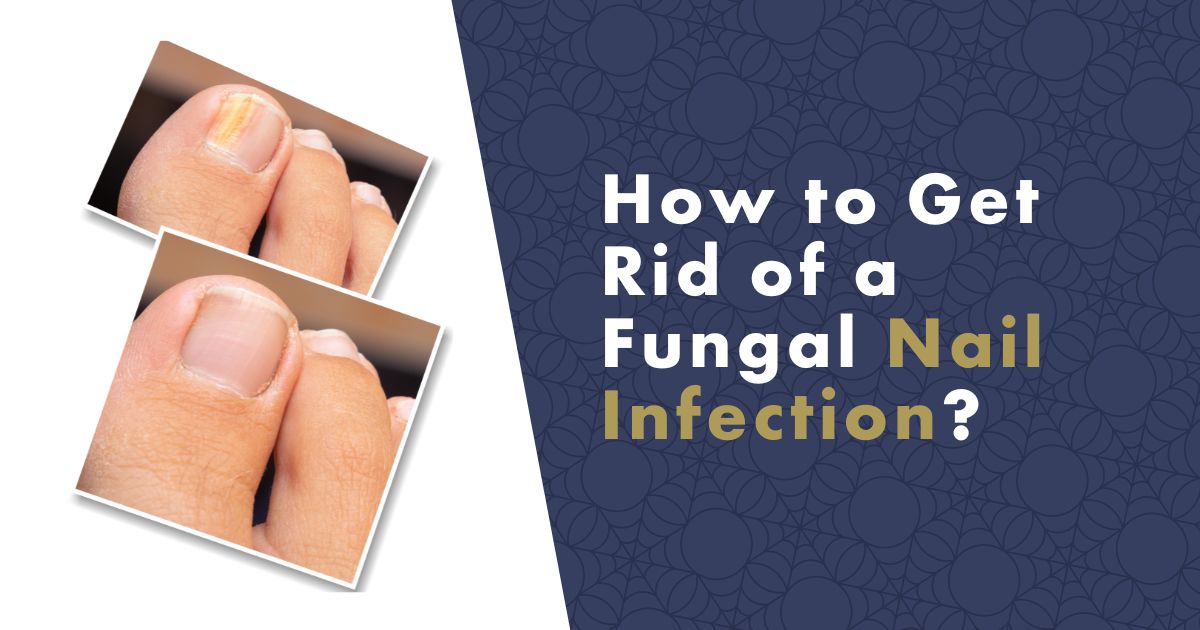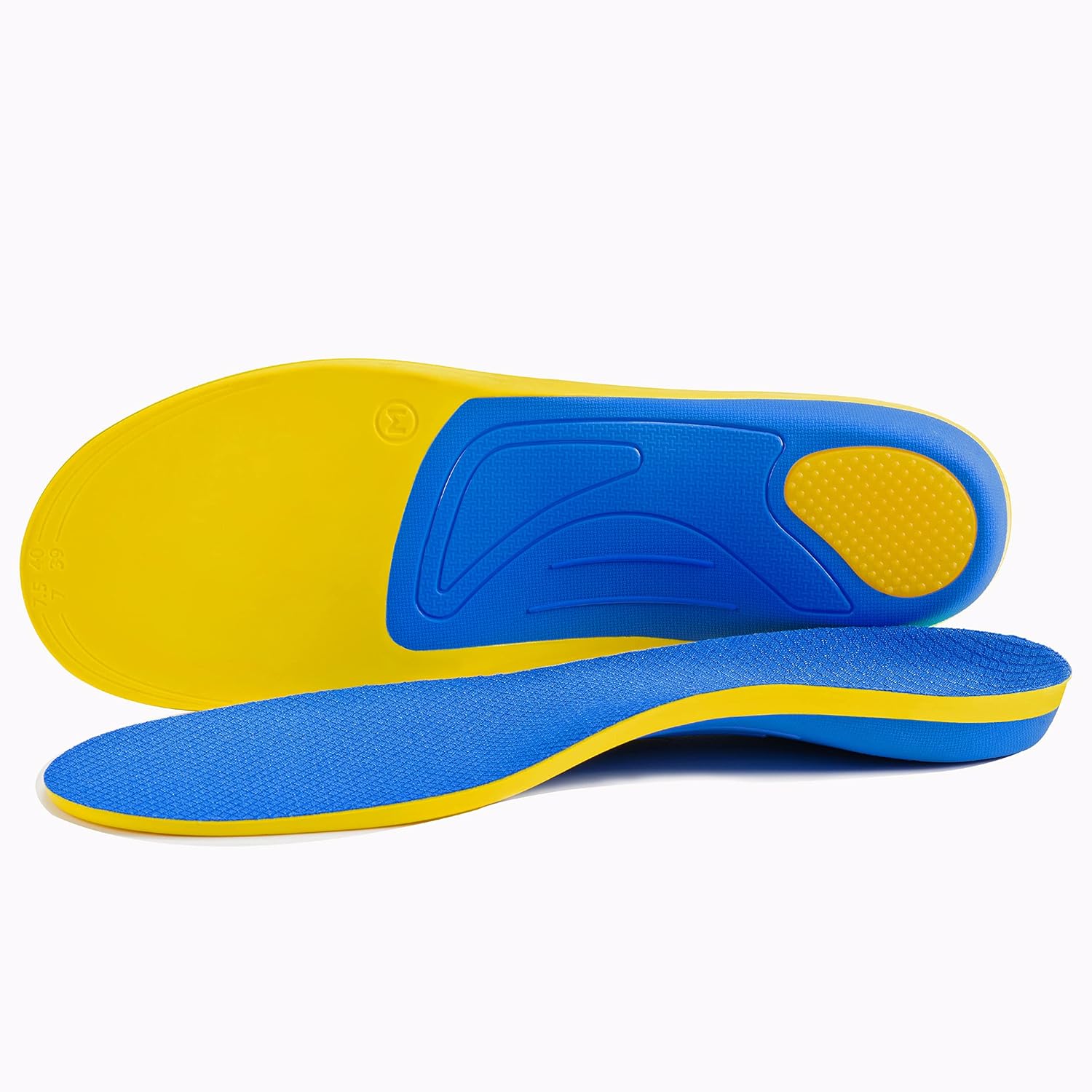Step into a world free of fungal nail infections with our expert guide. Discover the types, causes, and cutting-edge treatments to restore the health and beauty of your nails today.
Introduction
Embark on a journey to understand fungal nail infections, a common yet often overlooked condition that affects both fingernails and toenails. This comprehensive guide delves into the types of fungi responsible for these infections, their causes, symptoms, and a spectrum of effective treatments. Whether you’re battling dermatophyte infections, yeast, or mold-related nail issues, our insights will empower you with the knowledge to reclaim the health of your nails.
Table of Contents
Types of Fungal Nail Infections
Fungal nail infections, or onychomycosis, are a common concern that can affect both fingernails and toenails, leading to discomfort and aesthetic issues. These infections are primarily caused by three types of fungi: dermatophytes, yeasts, and molds, each with distinct characteristics and modes of infection. Recognizing the differences between these fungal types is essential for targeted treatment and effective management. Below is an overview of each fungal category and its impact on nail health:
1. Dermatophyte Infections
Dermatophytes are the leading culprits behind fungal nail infections. They feed on keratin, a protein abundant in nails, skin, and hair, making nails a prime target for infection. Trichophyton rubrum is the most prevalent dermatophyte involved in nail infections. These infections often initiate at the nail’s tip and progress towards the base, predominantly affecting toenails.

Key Features:
- Nails may become thick, brittle, and discolored, usually adopting a yellowish or brownish tint.
- The condition can lead to onycholysis, where the nail detaches from the nail bed.
2. Yeast Infections
Yeast infections in nails are mainly caused by Candida species and tend to affect fingernails more frequently, though toenails are not immune. Individuals with compromised immune systems, those who regularly have their hands in water, or those with prior nail or nail bed injuries are at increased risk.

Key Features:
- Nails can become swollen, red, and painful, with potential separation of the nail plate from the nail bed.
- Discoloration of the nail may occur, presenting as white, yellow, or green patches.
3. Mold Infections
Infections caused by non-dermatophyte molds are less common and usually follow an injury to the nail or exposure to fungi in damp environments. Molds like Scopulariopsis, Aspergillus, and Fusarium species can infect nails, especially toenails.

Key Features:
- The nail may change to various colors, including green, black, or brown.
- Similar to dermatophyte infections, the nail can become thickened or brittle but with more noticeable discoloration.
Causes of Fungal Nail Infections
The development of fungal nail infections can be attributed to several factors, all of which contribute to creating an environment where fungi can thrive:
Poor Foot Hygiene
Neglecting proper foot care, such as regular washing and thorough drying, creates an ideal environment for fungal growth. Moisture and warmth are conducive to the development of fungal infections.
Tight-Fitting Shoes
Frequently wearing tight shoes can elevate foot temperature and humidity, fostering conditions that fungi find hospitable. Opting for well-ventilated footwear is essential to mitigate this risk.

Walking Barefoot in Public Spaces
Frequenting communal wet areas like pools, locker rooms, and showers without protective footwear can expose feet to fungal spores, heightening the risk of infection.
Symptoms of Fungal Nail Infections
Recognizing the causes and early symptoms is crucial for timely intervention and treatment. Here’s a detailed look at the signs to watch for.
Yellow or White Discoloration
- An early indicator of a fungal nail infection is a noticeable discoloration of the nail, which may turn yellow or white.
Thickened Nails
- Infected nails often thicken, posing challenges to trimming and causing discomfort in shoes.
Brittle or Crumbly Texture
- The texture of the nail may deteriorate, becoming brittle or crumbly, and may break off easily.
Distorted Nail Shape
- The infection can lead to an irregular or distorted nail shape, further indicating the presence of a fungal infection.
Foul Odor
- A distinct foul smell emanating from the nails is a common symptom associated with fungal infections.
Nail Separation from the Nail Bed
- In advanced cases, the nail may detach from the nail bed, a painful condition known as onycholysis.
Diagnosing Fungal Nail Infections
Identifying a fungal nail infection accurately is pivotal for determining the most effective treatment plan. Healthcare providers typically follow a systematic process to diagnose these infections, ensuring that the treatment is appropriately targeted. Here’s an overview of the diagnostic methods used:
Visual Examination
The initial step in diagnosing a fungal nail infection involves a thorough inspection of the affected nails by a healthcare professional. Key signs such as changes in nail color, increased thickness, and any nail distortion are carefully assessed to identify potential indicators of a fungal infection.
Microscopic Examination
To pinpoint the exact type of fungus causing the infection, a small nail clipping or scraping may be collected for microscopic evaluation. This crucial step allows the healthcare provider to identify the fungus, guiding the selection of an effective treatment strategy.
Culture Test
For a comprehensive analysis, a culture test may be conducted. This process entails growing a nail sample in a controlled laboratory environment to detect the presence of fungal organisms. The results from a culture test can provide detailed information about the specific fungus involved and its sensitivity to various antifungal treatments, enabling a more tailored and effective treatment approach.
Comprehensive Treatment Options for Fungal nail infections
Fungal nail infections, while common, can be stubborn and unsightly, necessitating a strategic approach to treatment. The array of available treatments spans from topical solutions to cutting-edge laser therapy, each suited to different infection severities and fungal types. Here’s an exploration of the comprehensive treatment modalities for addressing fungal nail infections effectively.
1. Topical Medications
Overview
Topical treatments entail applying antifungal agents directly to the affected nail. These are formulated to penetrate the nail and reach the underlying fungus, inhibiting its growth.
How to Use:
- Consistency is key; applications may need to continue for several months to outpace the fungus and allow healthy nail growth. The specific regimen varies by product and infection severity.
Options Available
- The market offers an array of topical antifungals, from readily available over-the-counter options to prescription-strength creams and ointments. Selection should be based on professional medical advice tailored to the infection’s particulars.
2. Oral Medications
Overview
For more pervasive infections, oral medications offer a systemic approach, attacking the fungus internally. These are typically prescribed when topical treatments fail to yield results.
Treatment Regimen
- Adherence to the prescribed dosage and treatment duration is crucial for effectiveness, usually spanning a few months to ensure complete fungal eradication and healthy nail regeneration.
3. Nail Removal
Overview
Severe or particularly stubborn infections may necessitate the surgical removal of the nail, providing direct access to the nail bed for treatment.
Procedure and Follow-up
- Performed under local anesthesia, nail removal is considered a last resort. Post-removal, the nail bed is often treated with topical antifungals to address the infection at its source.
4. Laser Treatment
Overview
Laser therapy offers a modern, non-invasive treatment option, utilizing targeted laser energy to eradicate fungal cells without harming the surrounding tissue.
Treatment Sessions
- The number of required sessions can vary, dependent on the infection’s severity. Despite needing multiple treatments, laser therapy has been effective for many, improving nail appearance and health significantly.
Home Remedies and Preventive Measures for Fungal nail infections
Fungal nail infections can be prevented and managed with diligent home care practices and preventive measures. Here’s a guide to maintaining healthy feet and avoiding fungal infections.
Home Care Practices for Optimal Foot Health
1. Ensure Foot Cleanliness and Dryness:
- Daily foot washing with soap, focusing on the spaces between toes, is essential. After washing, thoroughly dry your feet, using a hairdryer on a cool setting if necessary, to eliminate any residual moisture.
2. Maintain Nail Hygiene:
- Trim and file your nails regularly to prevent fungal harborage. Disinfect your grooming tools after each use to avoid reinfection or spreading the fungus.
3. Select Appropriate Footwear and Socks:
- Opt for breathable shoes and moisture-wicking socks to keep feet dry. Rotating shoes allows them to air out, reducing moisture buildup and fungal growth potential.
4. Incorporate Antifungal Products:
- Use antifungal powders or sprays on your feet and inside shoes to deter fungal growth, especially during warmer months or after physical activity.
Preventive Measures Against Fungal Infections
1. Wear Protective Footwear in Communal Areas:
- To minimize the risk of contracting a fungal infection, always wear sandals or flip-flops in public showers, locker rooms, and pools.
2. Promote Foot Hygiene Awareness:
- Educating yourself and others on the importance of foot hygiene can play a crucial role in preventing fungal infections within your community.
3. Conduct Regular Foot and Nail Inspections:
- Frequent checks for signs of fungal infections (discoloration, thickening, brittleness) enable early detection and treatment, preventing further spread.
Frequently Asked Questions (FAQs)
Q: What are the main types of fungi that cause nail infections?
A: Nail infections are primarily caused by dermatophytes, yeasts, and molds, each with unique characteristics and treatment approaches.
Q: How can I prevent fungal nail infections?
A: Prevention strategies include maintaining good foot hygiene, choosing breathable footwear, and using antifungal products, especially in high-risk environments like public showers and pools.
Q: What are the signs of a fungal nail infection?
A: Symptoms include yellow or white discoloration, thickening of the nail, brittleness, distorted nail shape, foul odor, and in severe cases, nail separation from the nail bed.
Q: What treatment options are available for fungal nail infections?
A: Treatment ranges from topical medications and oral antifungals to surgical nail removal and advanced laser therapy, depending on the infection’s severity and type.
Conclusion
Fungal nail infections, while challenging, are not insurmountable. Armed with the right information on prevention, early detection, and treatment, you can effectively combat these infections and enjoy healthy, beautiful nails. Embrace the preventive measures, stay vigilant for early symptoms, and consult with healthcare professionals to tailor a treatment plan suited to your specific needs. With patience and persistence, fungal nail infections can be a thing of the past.










